Book your visit
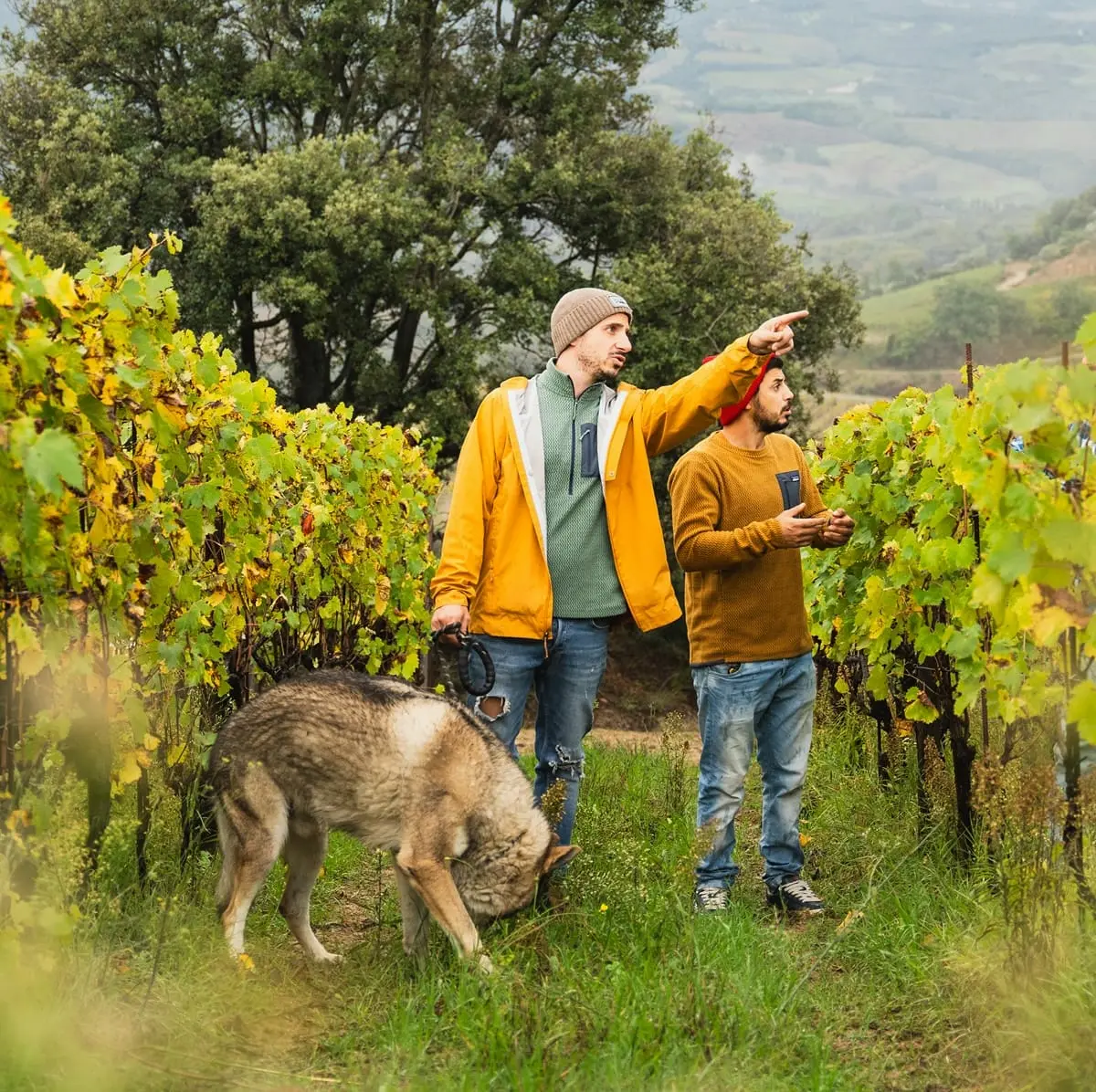
We see ourselves as mediators between nature and human craftsmanship, believing that by doing less, we can achieve more.
Having the opportunity to live and work on an extraordinary terroir has been our greatest stroke of luck. Since then, we have dedicated ourselves to two fundamental goals:
Our wish is that our products, and especially our wines, reveal their true essence—a signature of the climate, the vintage, and the geology of each vineyard, allowing the land of Montalcino to be understood through the expression of the Sangiovese.

We have the privilege of cultivating vineyards on two opposite slopes of Montalcino: in Castelnuovo dell’Abate, on the southeastern side, where we began 28 years ago, and on the western slope, the area we call Galampio. In total, we farm 35 hectares, with 32 dedicated to Sangiovese and 3 to Trebbiano and Malvasia. The differences between these two zones are so distinct that we have chosen to keep the grapes separate, rather than creating a Brunello that blends them. This decision reflects the beauty of working with Sangiovese, a variety deeply sensitive to terroir.
For instance, in Castelnuovo, dawn arrives early, and we benefit from abundant morning sunlight. Gentle air currents are a daily presence as the Monte Amiata watches over us. The soils here are clay- and silt-rich, originating from an ancient ocean, with high limestone content, elevated pH levels, and occasionally aggressive salinity. This terroir gives the wines depth and complexity, a hallmark of Castelnuovo dell’Abate.
To the west, everything changes—even the vegetation tells a different story. The vineyards are isolated and immersed in a forest, overlooking the Ombrone River.

This energy imprints itself onto the wines, lending them a wild, untamed character. The vineyards here bask in afternoon sunlight, experiencing a cooler and more humid climate—the complete opposite of the southeastern slope.
The geological composition on this side is highly diverse, shaped by erosion from the river’s course and runoff from the surrounding slopes. The soils are alluvial, well-draining, and deep, dominated by clay and sand and enriched with fragments of alberese, galestro, and macigno toscano. This terroir proves invaluable in hot vintages, producing lighter, more delicate fruit, often destined for Sogni e Follia and Cielo D’Ulisse.
Our Brunello Cielo D’Ulisse originates from the western slope, while Brunello Lupi e Sirene and Amore e Magia come from the eastern side. These wines age in large oak barrels for 24 to 41 months, depending on the vintage, before completing their development in concrete vats for 12 to 24 months. Every bottle of our Brunello, Rosso di Montalcino, and Bonsai is a pure expression of the vintage from which it was born.
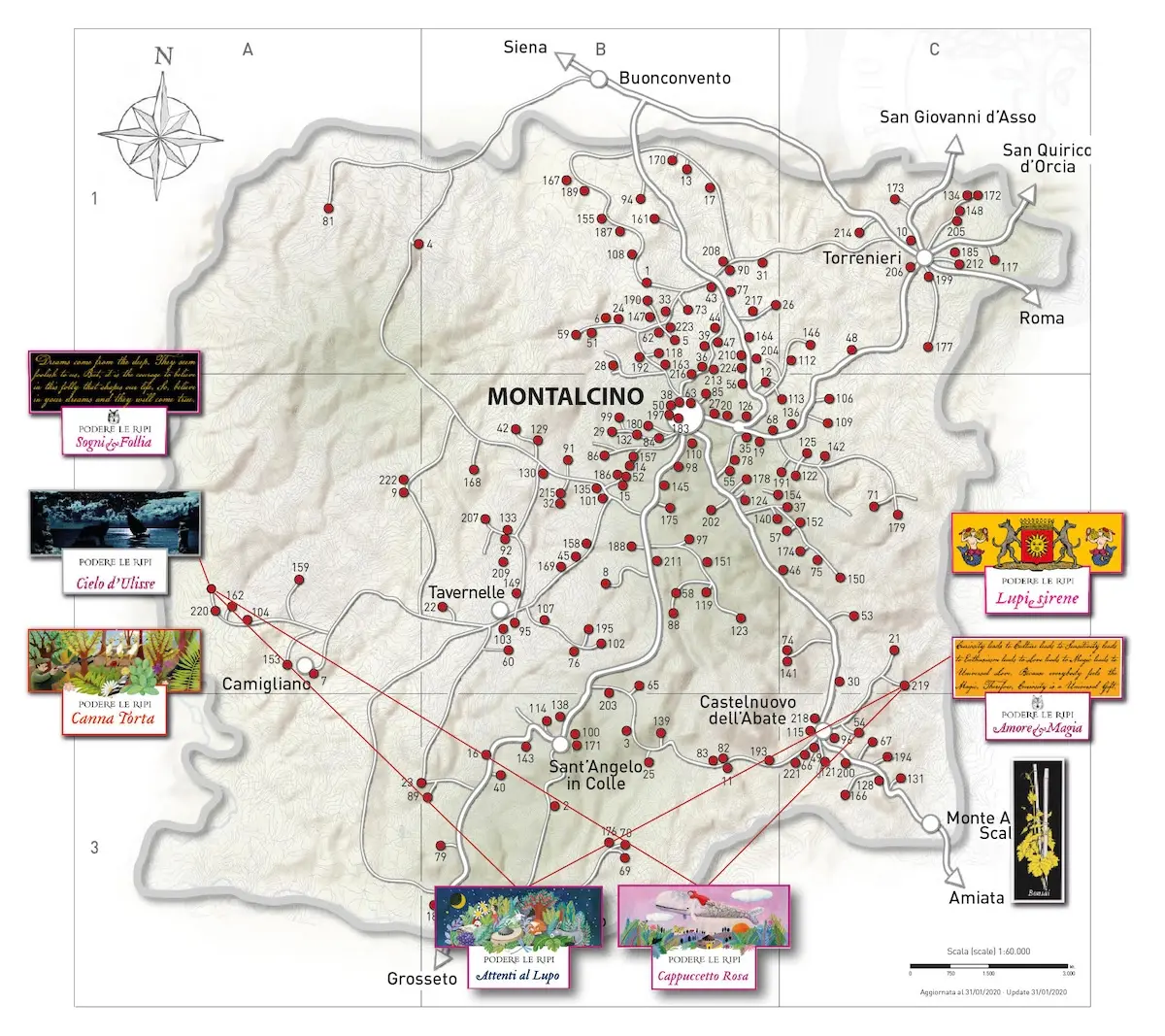
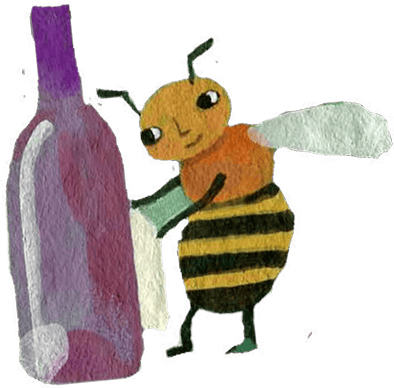

IGT Toscana Rosato
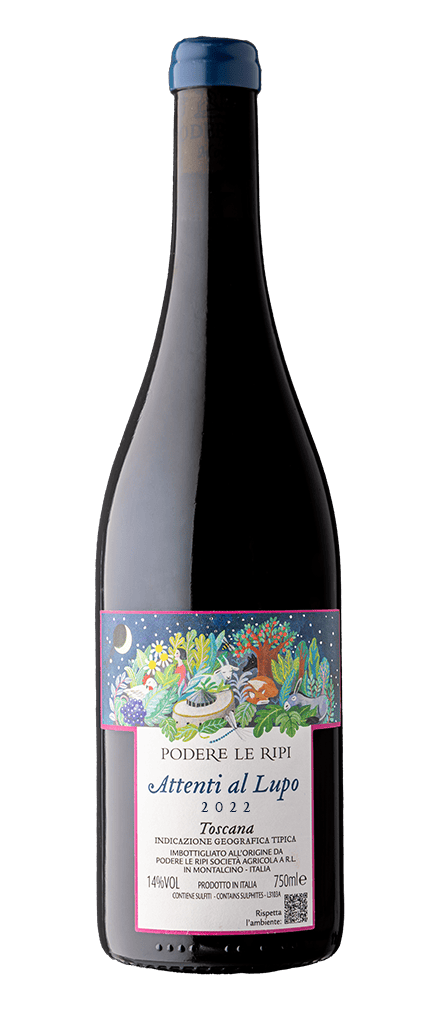
IGT Toscana Rosso
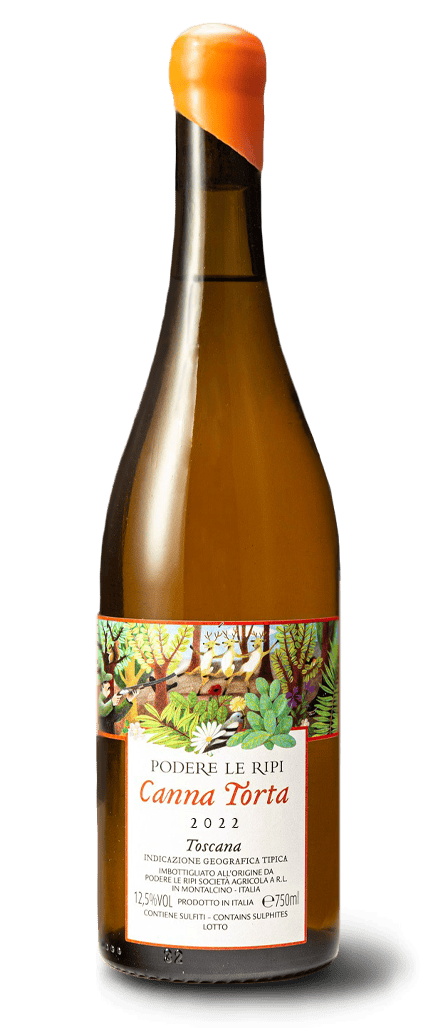
Toscana Bianco IGT
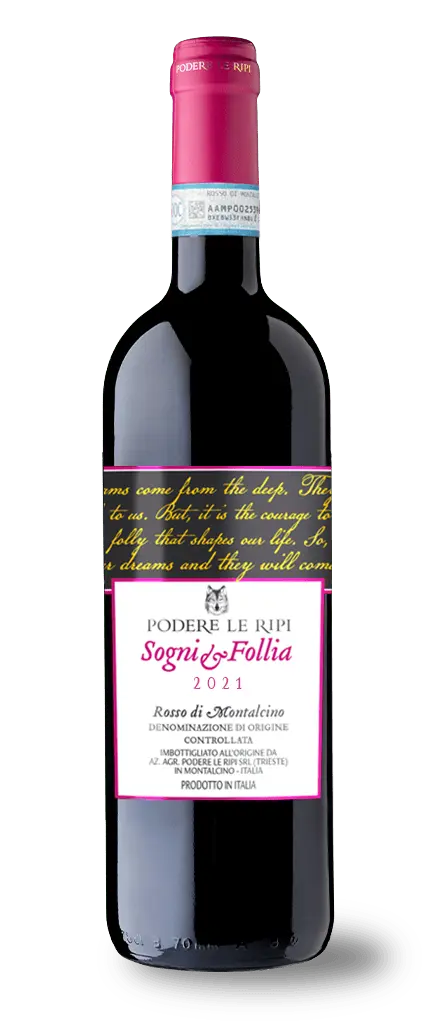
Rosso di Montalcino DOC
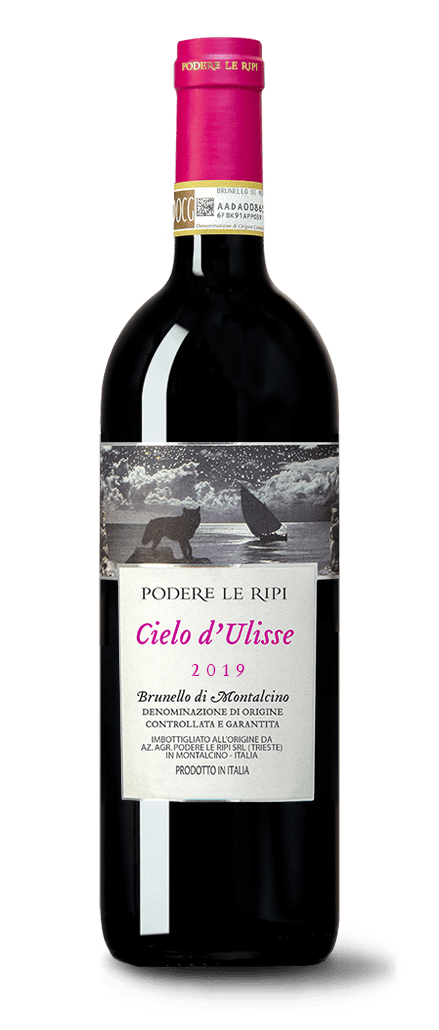
Brunello di Montalcino DOCG
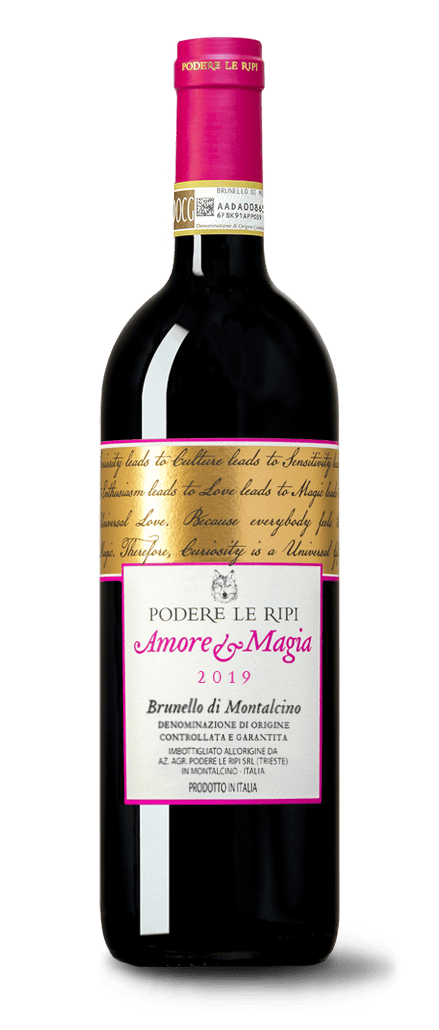
Brunello di Montalcino DOCG
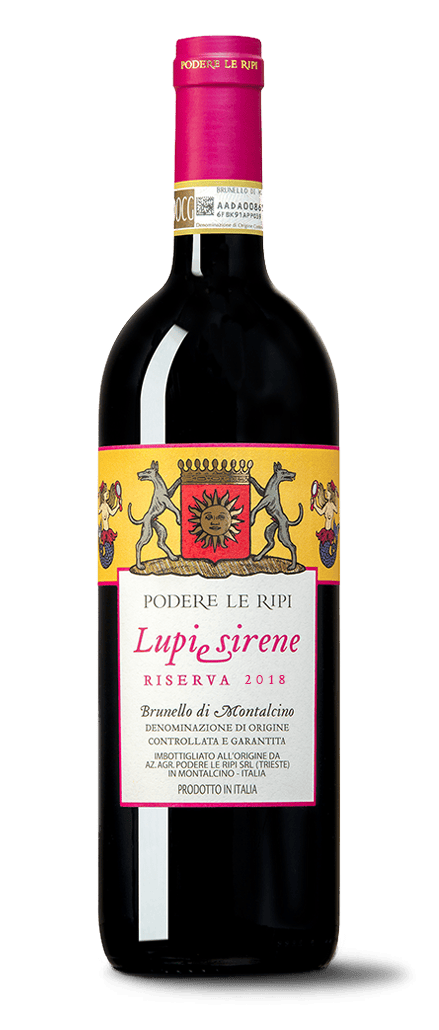
Brunello di Montalcino DOCG
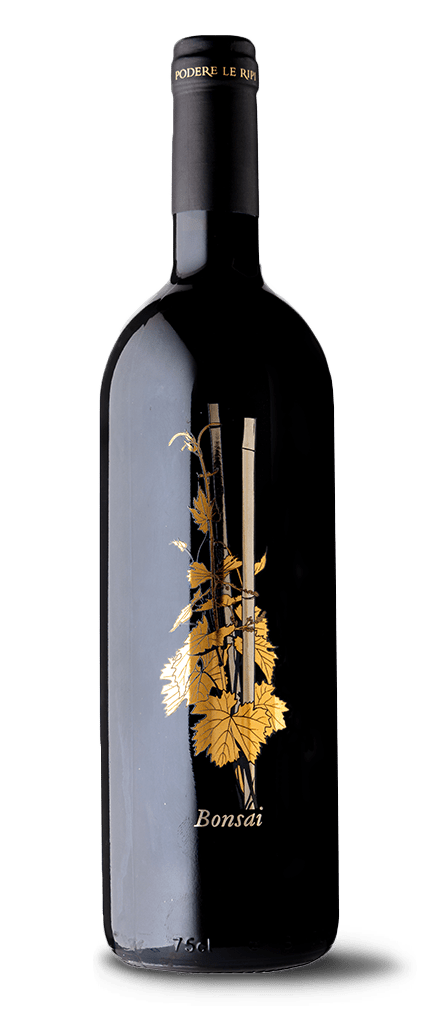
Toscana Rosso IGT
At Podere Le Ripi, we are more than just a winery—we are a community of artisan winemakers, dedicated agronomists, passionate sommeliers, and true wine lovers. Wine is at the heart of everything we do, and we are committed to sharing this passion with those who appreciate it as much as we do.
Sustainability, respect for nature, and the preservation of our environment have always been the guiding principles of our philosophy. Our wines are crafted using biodynamic practices, produced in small quantities, and shaped by the rhythms of nature-more than by human hands.
To offer a deeper connection to our world, we have created the Podere Le Ripi Wine Club, granting members priority access to our exclusive allocations.
Our mission is to capture and express the diverse terroirs of Montalcino. Each wine in our selection tells the story of its land, its vintage, and the people who nurtured it. Every bottle is a discovery, every shipment an evolving journey.
As our community grows, so does our curiosity. Each year, our team travels to different wine regions around the world—seeking inspiration, refining our craft, and exploring innovative solutions to the challenges of climate change.
By joining our Wine Club, you become part of this journey—an opportunity to taste, learn, and experience wine in a way that goes beyond the glass.
Terroir Brunello
Experience a comparison through the terroir of our different vineyards. The complete Brunello selection, Cielo d’Ulisse, Amore e Magia and Lupi e Sirene along side our Rosso di Montalcino or IGT wines.
Bonsai
Enjoy exclusive access to our very limited production of Sangiovese Bonsai wine, from the most dense vineyard in the world and released only from the winery and first of all for our Members, alongside our best Brunello. One Bonsai per shipment.
No entrance or cancellation fees
Priority Access to our private selection
Priority Access to our Wine Events in USA
Professional tasting notes
Exclusive “Members Only” tasting experience for you and three guests
Full day Wine Tour: Podere Le Ripi, Wine tasting and Lunch at Vineria Aperta Wine bar and wine tour at second winery.
10% OFF at Mastrojanni Relais, Wine resort (5 minutes from the winery),
Free Upgrade upon availability
SHIPPING SCHEDULE
You choose:
January | May | October
Or
January | October